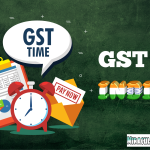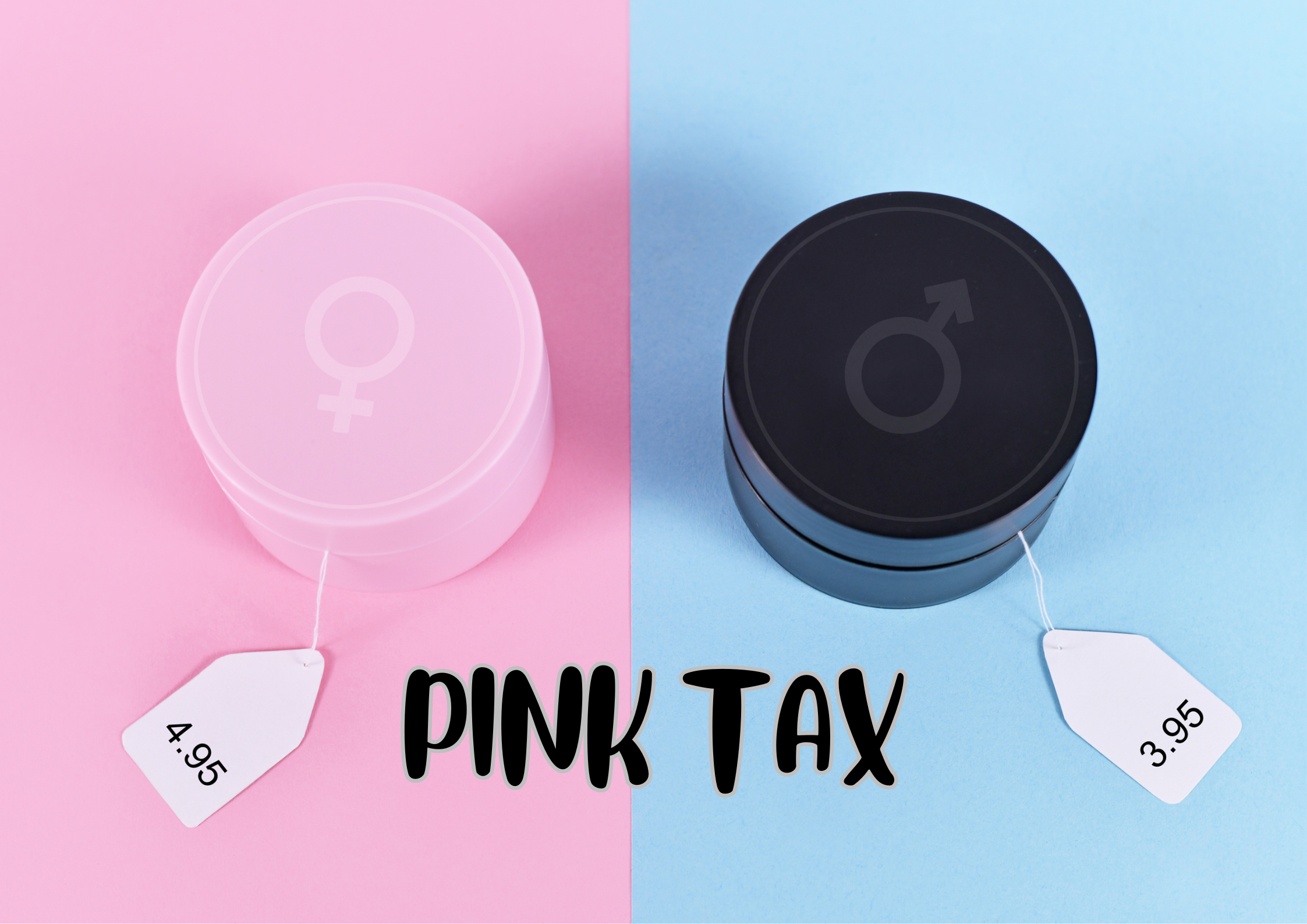In a world where gender equality has become a priority, one would not expect bias while shopping at retail stores. But “Yes”, it’s true… The “Pink Tax” phenomenon is a harsh reality of our society. This phenomenon is not only unfair but also discriminatory against women. This article aims to focus on the controversial issue of imposing higher prices on products marketed towards women in India.
Defining the Pink Tax:
The Pink Tax refers to the extra amount that women are required to pay for certain goods and services because of their gender. Often equivalent products, such as clothing, personal care items, toys, health care items or even car repairs, are priced higher when targeted towards women. This results in a financial disadvantage for them. One of the most common examples is Razors & Shaving creams.
You must have seen the same product in two different colours- One for men (may be in blue or black ) and another one for women (in pink). But it’s not just the difference in colour, it’s the difference in price of the product too. And the fact is … features and usage of the products are almost same.
On an average, women pay 7% more than men for the same products, resulting in billions of extra expenses every year.

The Impact of Pink Tax on Women
The impact of pink tax on women is important. Not only do they have to pay more for the same products, but they also earn less than men on average. Earning approximately 25% less than men in India, women are already at a disadvantage. The additional cost imposed by the Pink Tax only increases their problems. Gender-based pricing has a deep history. This is due to the thinking that women’s products require additional features, thereby justifying higher prices.
Also, the pink tax causes harmful gender biases in the society. It supports the idea that women are more concerned with appearance and beauty than men. This idea can lead to low self-esteem.
The Role of Government and Businesses
The role of government and businesses in addressing pink tax is crucial. New rules and regulations need to be implemented to ensure fair pricing. Government can pass laws and regulations that stop companies from charging different prices for the same products based on gender. In addition, businesses can also take steps to remove pink tax by offering gender-neutral pricing or reducing the price of products made specially for women.
However, change cannot happen without consumer awareness and demand. Awareness campaigns across the country can be a great initiative in this regard. Encouraging awareness and education can empower both women and men. By educating themselves about pink tax and making conscious purchasing decisions, consumers can send a powerful message to businesses and government both.
Collaboration between government bodies, non-profit organizations, and businesses is important in eliminating this tax.
Conclusion:
The Pink Tax is an economic inequality. By highlighting this issue, we can demand fair pricing and economic empowerment for all. Let us continue to raise awareness about pink tax, as most of the Indians are unaware about the “Pink Tax”.








